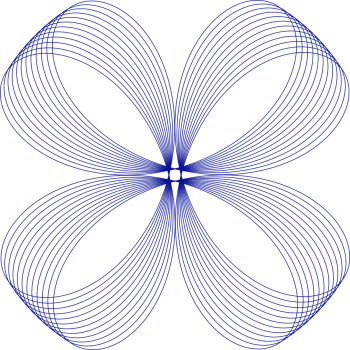
massage
The impact of massage therapy on our system is extensive. The deepest impact is experienced during a full-body massage of at least an hour, performed by a massage therapist that knows the technique flawlessly and customizes the massage for every unique person. Ideally, an interaction takes place between our body and the massage therapist, that goes beyond our mental comprehension, where our breath, muscles, connective tissue, nerves, joints, and our energy communicate with the therapist. The response is given with varying styles. intensity and intention of touch by the massage therapist. When our body can surrender fully to the treatment, the effects are experienced not only during the massage but continue to work in our system long after the massage was completed.
During a massage treatment, our skin is touched, usually with pressure applied to the muscles and the meridians. There several massage styles to choose from, that focus on different aspects of the body. Some styles focus on releasing tension in the muscles, like sports massage, and they tend to target the areas where the tension is located. Others focus on releasing the connective tissue underneath the skin, or they aim to activate the body-cleansing lymphatic system. Many Eastern methods focus on the meridians and aim to restore the balance between the elements that are represented in our meridian system. Some treatments are performed on a massage table, and others on the floor. During some massages the work consists of pressure applied on several local areas of the body, some consist of long stroking touch with oil, and others consist of ‘lazy’ stretches, where the massage therapist places our body in different stretching positions combined with local pressure. These are some well-known styles of massage therapy with tremendous benefit for relaxing our body and mind:
- Swedish massage is a usually gentle massage that focuses more on the surface (mainly the muscles) of the body by applying local pressure and stroking touch. Tensed muscles with knots receive more attention, which helps to relax the system. Especially when we are not used to being touched, this style could be good practice to become comfortable with receiving a nurturing form of touch.
- Deep tissue massage is a style of massage that addresses the deeper muscles, connective tissue, nerves, and energy flow. Usually, the touch will be strong but slow, synchronized with the breath, so that the body surrenders slowly to receive more pressure and releases the tension. There are several styles of deep tissue massage, that could include techniques like shaking parts of the body, pulling the skin away from the body, and the massage therapist might apply touch with fingers, knuckles, underarms, and elbows.
- Shiatsu massage is a style that is often performed on a mattress on the floor, with clothes on. The massage therapist applies pressure on points and areas of the meridians in the body. Usually, there is a conversation before the massage that helps to clarify which meridians require attention. During the massage, the therapist could apply stretches, and the intensity of the touch might vary in the process of re-balancing the energy in the system.
- Thai massage is a traditional style that also focuses on the meridians, and often the same full-body sequence is performed. All the meridians are activated and several stretches are included in the massage. This style of massage can be experienced as painful, as the pressure is deep and strong, especially if the massage therapist has been trained by traditional Thai massage teachers. After the massage, however, we can feel reborn.
- Ayurvedic massage is a traditional style from India that consists of many long and very oily stroking touch. It aims to improve blood circulation and activate the lymphatic system. The touch is very superficial and focuses much more on the skin and the energy flow than on the muscles and deeper tissues of the system. The use of oils has a therapeutic impact as well, nurturing, and cleansing the body. It can have a deeply nourishing impact on our system.
